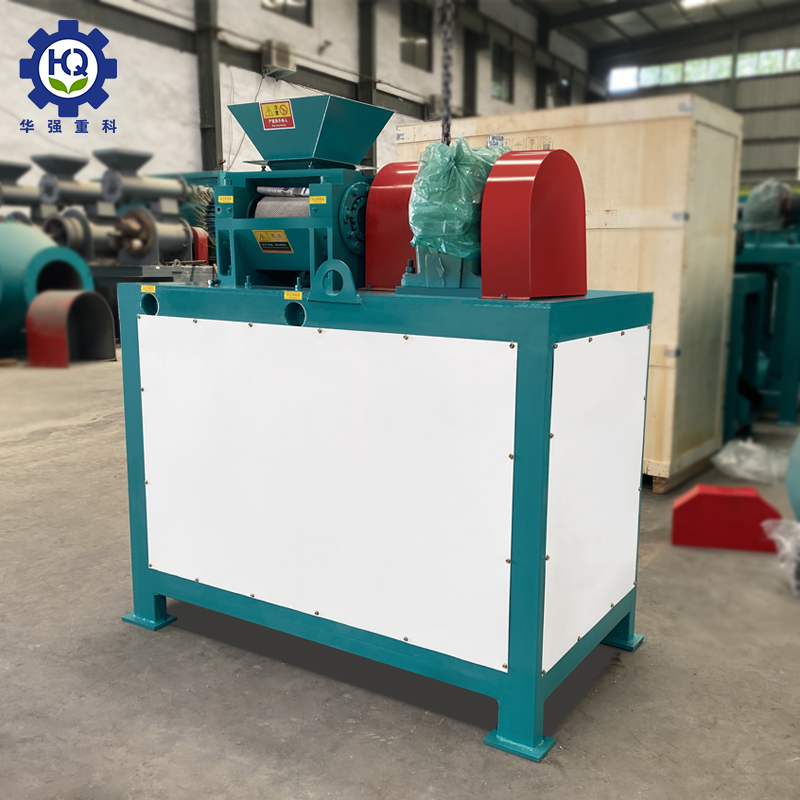
The double roller press granulator is key equipment in fertilizer production. It directly presses powdered raw materials into high-strength granules, suitable for processing organic fertilizers, compound fertilizers, bio-fertilizers, and more.
1.Feeding System
Powdered fertilizer is evenly fed into the granulator using a screw conveyor or vibratory feeder. This ensures stable input, preventing blockages or shortages that could affect granule quality.
2.Roller Extrusion
At the cores of the double roller press granulator are two parallel, counter-rotating rollers. Their surfaces have specially shaped indentations (like hemispheres, stripes, or honeycomb patterns). As powder enters the gap between the rollers, strong mechanical pressure forces the material to compress and fill these molds, forming initial granule shapes.

3.Demolding and Cutting
The squeezed fertilizer comes out as sheets or strips. Rotating blades or a crusher then cut this material into uniformly sized granules. Some models feature automatic demolding to keep granules intact and prevent clumping.
4.Screening and Polishing
Newly formed granules go through a vibrating screen to remove dust and fragments. Qualified granules move to a polisher for surface smoothing. This improves roundness and crushing resistance, making them easier to store and transport.
With its efficiency, energy savings, and adaptability, the double roller press granulator is the top choice for fertilizer granule processing. Proper operation and maintenance can significantly boost yield, helping producers cut costs and strengthen their market position.